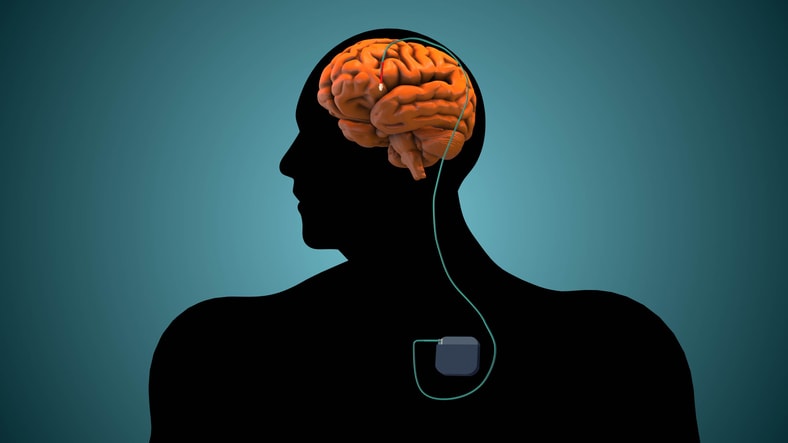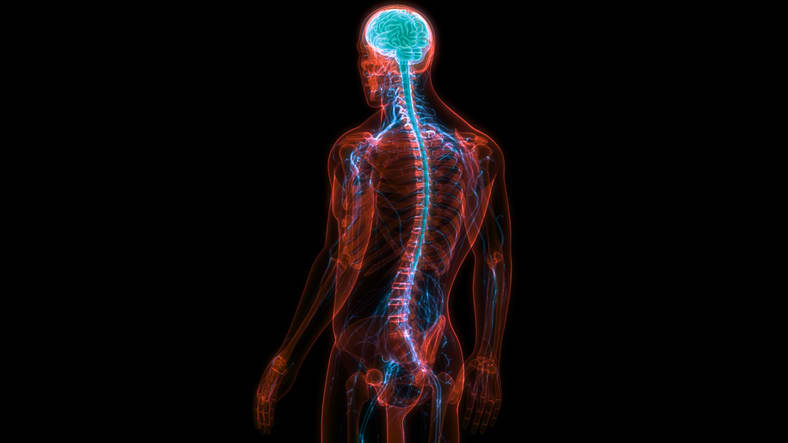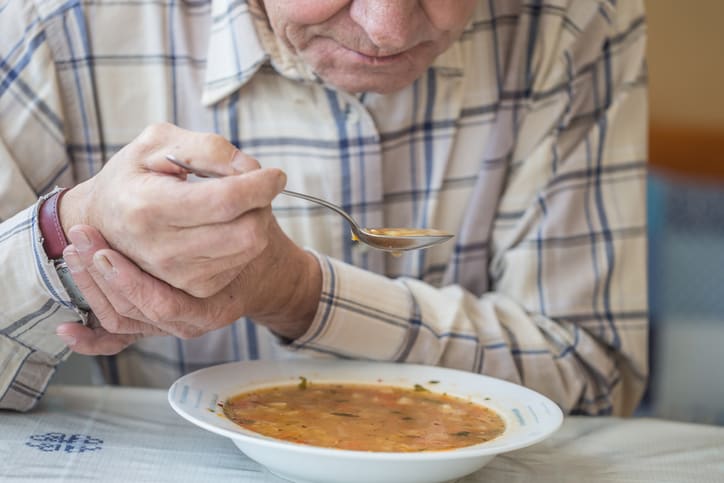What is deep brain stimulation?

[4 min read]
In this article:
- DBS is a surgical procedure used to treat the symptoms of movement disorders, such as Parkinson's disease.
- DBS involves the placement of wires into the brain, which are then connected to a small battery pack near the shoulder.
- One study found that patients with Parkinson's disease showed a 70 to 75% improvement in tremor symptoms one year after surgery.
- We spoke with Providence Swedish neurosurgeon Tony Wang, M.D., to learn more about how DBS works and what you should consider about the surgery.
Deep Brain Stimulation (DBS) is a U.S. Food and Drug Administration-approved surgical procedure that is used to treat numerous neurological conditions, including Parkinson’s disease and essential tremor. Most recently, it was approved for the treatment of epilepsy. It has even been approved for the treatment of obsessive-compulsive disorder.
DBS involves the implantation of a small, pacemaker-sized neurotransmitter that’s connected to electrodes in the brain. The electrodes send impulses to cells in affected areas of the brain which then help control conditions like essential tremor or Parkinson’s disease. To learn more about DBS and its uses, we spoke with Tony Wang, M.D., a Providence Swedish neurosurgeon and DBS expert.
What is deep brain stimulation?
DBS involves the implantation of a small, pacemaker-sized neurotransmitter that’s connected to electrodes in the brain. The electrodes send impulses to cells in affected areas of the brain which then help control conditions like Parkinson’s disease or essential tremor. For essential tremor for example, patients have a small area in the brain that is effectively overactive. Due to this overactivity, patients get excessive movement, tremor or shaking. The goal of DBS is to target this small overactive area to reduce the abnormal overactivity and thereby reduce tremor. The wires in the brain are “crossed”. That is the left side of brain controls the right side of your body. Thus, for patients wanting to have right hand tremor reduction, we would propose DBS on the left side of the brain.
With DBS, through a small scalp incision and small burr hole in the skull we implant a small wire/electrode into the brain tissue itself. The tip of this wire rests in that overactive area of the brain. This wire will come out a hole on the top of the skull and then run underneath the skin of the scalp and neck, and then be connected to a battery pack that we put in the chest.
The battery in the chest is akin to a “brain pacemaker”. This battery will send electrical stimulation up the wire and down into the brain. At the tip of the wire, the electric signals will “jam up” or “scramble” the brain’s abnormal tremor signals thereby reducing tremor.
So, you know, the idea is that this battery pack, which is akin to a pacemaker is connected to your brain rather than your heart. It will send electricity from the battery, up the wire, down into the brain and at the tip of the wire. The electricity will come out to jam up or scramble those abnormal brain signals and reduce tremor.
What does the unit look like? How big is it?
The unit looks like a pacemaker. It's a small battery pack that we put underneath the skin a couple fingers below your collarbone. Very rarely do people complain of discomfort or pain associated with it.
What are the risks?
There are standard risks, such as bleeding, particularly bleeding in the brain. We tell folks the risk of a bleed in the brain is quite low, around 1%. If there's a bleed in the brain, not all bleeds are created equal. You could have a small bleed that doesn't cause you any sort of harm, but if there's a bleed in a sensitive area or it's a large bleed or both, , a variety of neurologic issues could crop up. This could include something innocuous from numbness and tingling to more serious issues, like weakness, speech, difficulty, the coma, seizures, stroke, even possible death. The more serious side effects are very, very rare. It’s also normal to have a headache after surgery but, generally, those are short-lived.
How is the surgery performed?
The procedure is performed awake. The reason patients are awake is because we want to be able to test patients during the surgery to ensure the tremor is getting better. Patient’s come down to the OR at which point they are briefly sedated for 5-10 minutes. During this time, we place a halo-like frame on the patient’s head. This is ensures the head is held still during the procedure. We will then clip a very small amount of hair and numb the scalp. A small hole is then drilled into the skull. Next the DBS wire/electrode is placed. We then connect the wire to a temporary power source and begin to slowly turn up the electricity. During this time we will test the patient’s tremor to make sure it’s getting better.
What should I consider before make the decision to have DBS for my condition?
The criteria to have DBS for tremor are contingent on two criteria: (1) has the patient tried and failed medications and (2) does the patient themselves find the tremor bothersome/disabling in their day-to-day life.
Are there patients who are not DBS candidates?
There are no hard and fast rules, but we do have considerations. Certain conditions like blood thinner use, immune-suppressant medication use, medical comorbidities, advanced age, etc. may make DBS riskier, but not prohibitively so. Each patient is evaluated on a case-by-case basis.
Find a physician or advanced practice clinician (APC)
Our experts at the Swedish Neuroscience Institute offer comprehensive, progressive diagnosis and treatment for a wide range of spine, brain and central nervous system conditions. Telehealth options are available. Visit us on the web or call 206-320-3940. You can also use our provider directory to find the doctor that’s right for you.
Swedish Virtual Care connects you face-to-face with a nurse practitioner who can review your symptoms, provide instruction, and follow up as needed. If you need to find a provider, you can use our provider directory.
Additional resources
New Parkinson’s disease test can help refine treatments and support more efficient research
Three sisters find hope at the Swedish Neuroscience Institute
Hope’s next chapter: three sisters continue their remarkable focused ultrasound journey
This information is not intended as a substitute for professional medical care. Always follow your health care professional’s instructions.


